Data Science & Machine Learning(Theory+Projects)A-Z 90 HOURS
Loại khoá học: Development
Data Science Python-Learn Statistics for Data Science, Machine Learning for Data Science, Deep Learning for Data Science
Mô tả
Comprehensive Course Description:
Electrification was, without a doubt, the greatest engineering marvel of the 20th century. The electric motor was invented way back in 1821, and the electrical circuit was mathematically analyzed in 1827. But factory electrification, household electrification, and railway electrification all started slowly several decades later.
Fast forward to today. It’s the same story with Artificial Intelligence (AI). The field of AI was formally founded in 1956. But it’s only now—more than six decades later—that AI is expected to revolutionize the way humanity will live and work in the coming decades.
Data science is a large field of study that covers data systems and processes. These systems and processes are aimed at maintaining data sets as well as getting meaning out of them. Machine Learning (ML), a branch of AI, is the concept that systems can automatically learn and adapt from experience without human intervention. ML, essentially, aims to equip machines with independent learning techniques.
Data Science & Machine Learning Full Course in 90 Hours is exhaustive and covers various topics in both these fields in great detail.
Data science specialists use a combination of algorithms, applications, principles, and tools to gain a real sense of random data clusters. You are probably aware that organizations worldwide are generating exponential amounts of data. So, monitoring and storing all this data becomes very difficult. This is where data science plays a vital role by focusing on data modeling and data warehousing.
Both AI and ML are important to data scientists because they can work equally well in both with ease. The expertise of these skilled professionals allows them to switch roles quickly, too. And in the life cycle of a data science project, this can be a critical factor.
What makes this Data Science and Machine Learning course unique?
This learning by doing course provides you with not only a solid theoretical foundation but also practical hands-on training in data science and machine learning. At the end of this course, you will be equipped with the knowledge of all the essential concepts you need to excel as a Data Science professional.
When you take a quick look at the different sections of this all-inclusive course, you may think of these sections as being independent. But that’s not the case. These sections are interlinked and almost sequential. While it’s true that the course is divided into multiple sections, it’s also true that each section is an independent concept, or you can view it as a course on its own.
We have deliberately arranged these sections in a sequence. The reason for this is each subsequent section builds upon the sections you have completed. This framework enables you to explore more independent concepts easily.
Data Science & Machine Learning Full Course in 90 HOURS is crafted to teach you the most in-demand skills in the real world. This course aims to help you understand all the data science and machine learning concepts and methodologies with regards to Python. The course is:
· Comfortably paced.
· Easy to understand.
· Descriptive and expressive.
· Exhaustive.
· Practical with live coding.
· Rich with the most advanced and recently discovered models and breakthroughs by the champions in the AI universe.
This course is designed for beginners, but we will explore complex concepts gradually.
You will find this course interesting, and you will move ahead easily, as it is a compilation of all the basics. You will make quick progress and experience more than what you have learned. At the end of every subsection, you are assigned Home Work/exercises/activities to assess / further strengthen your learning. All this assessment is based on the previous concepts and methods you have learned. Several of these assessment tasks will be coding based, as the main aim is to get you up and proceed to implementations.
Data Science is doubtless a rewarding career. You get to resolve some of the most interesting data issues and earn a handsome salary package for your efforts. After you finish Data Science & Machine Learning Full Course in 90 HOURS, you will be able to easily tackle real-world problems and ensure steady career growth.
Unlike other courses, this comprehensive course is not expensive. In fact, you can learn all the concepts and methodologies of Data Science and Machine Learning at a fraction of the cost. Our tutorials are divided into 700+ brief HD videos along with detailed code notebooks.
Enroll in this course and start your learning journey in Data Science and Machine Learning. This course really simplifies all the complex concepts for you. You will not find an easier course that inspires you as much along your learning journey.
Teaching is our passion:
We work meticulously to create online tutorials with instructors who are willing to share their expertise and help you in understanding all the concepts. The aim is to create a strong basic understanding for you before you move onward to the advanced version. Detailed course notes, high-quality video content, learning assessment questions, meaningful course material, and subject-related handouts are some of the perks of this course. You are also assured of the support of a dedicated instructor every step of the way. You can approach our team in case of any queries.
Course content:
1. Python for Data Science and Data Analysis
a. You start with problem-solving and finish with fancy indexing and plots in Matplotlib.
b. No prior knowledge in any computer science language is assumed.
c. Great fun with Python language.
d. Reasonable treatment of data science packages (NumPy, Pandas, Matplotlib, Seaborn, and Sklearn).
e. After this course, you will be a competent Python programmer as well as a reasonable expert of data science packages (NumPy, Pandas, Matplotlib).
f. This section is designed to teach you programming in general also. Therefore, shifting from this language to any other language after this section is not difficult.
2. Data Understanding and Data Visualization with Python
a. This section deals with the in-depth treatment of data science packages both for data manipulation as well as data visualization.
b. While Section 1 focuses more on Python language, this section focuses completely on data science packages and their efficient use.
c. The packages covered in this section include NumPy, Pandas, Matplotlib, Seaborn, Bokeh, Plotly, and Folium.
d. As far as we know, this is the most comprehensive section on data understanding and visualization among the available ones.
e. Further, this section is designed to reduce the dependency on core Python language to be treated independently, as well.
f. 2D and 3D visualizations, interactive visualizations, and geographic maps are also covered.
g. Proceeding in data science with being able to effectively play with the data using famous packages makes progress much worse, and this section addresses this concern.
3. Mastering Probability and Statistics in Python
a. Obviously, concepts in data science are not new. In fact, it is also believed that data science is merely a renamed version of Probability and Statistics. Well, without being biased to that extent, we will say that the practical nature of applications was uncovered earlier even though the theory traces back to Probability and Statistics.
b. One way or the other, knowing Probability and Statistics makes a significant theoretical as well as practical difference.
c. Most of the courses on Probability and Statistics, however, fail to link the data science practices and theory by merely focusing on the axiomatic treatment of the subject.
d. We build this section by keeping the practical needs of data science in mind as well as the importance of theory.
e. Wherever important, we deliberately explain and show the relationships by derivations and even through Python Code.
f. This section builds a very sound basis for understanding the classical concepts in data science as well as its more recent generalizations.
g. We start with the very basics of Probability, go through inference and estimations, link famous machine learning techniques with conditional probability, and finally, show that Deep Neural Networks indeed learn a probability function eventually.
4. Machine Learning Crash Course
a. Although several concepts, or even all, fall under the umbrella of Probability and Statistics, it turns out that most of the concepts have made their own practical place, mostly derived through engineering, with the name of Machine Learning. For example, the term “overfitting” is now referring to the area of machine learning.
b. Machine Learning brings its own set of practices to reach the demands of automation. Hence, mastering these concepts becomes inevitable.
c. This section is actually a quick walkthrough of the concepts in Machine Learning and focuses on all the theoretical as well as practical concepts.
d. We mostly cover applications using the Sklearn Python package and build machine learning pipelines in this section.
e. We also elaborate on more advanced areas of machine learning, which we later present as separate sections.
5. Feature Engineering and Dimensionality Reduction with Python
a. Knowing the sections you have covered thus far certainly brings you a huge clarity of the field. But there is still one thing that brings the improvements in the results with a reasonable margin, and that is data preprocessing or data preparation.
b. Most of the data science today relies on preparing the data suitable for machine learning models. An effective way of data preparation, most of the time, becomes a game-changer.
c. This section focuses on data preparation for machine learning models.
d. We build this section to provide an understanding of why selecting features and transforming features are important.
e. We also discuss practical issues with real data, like missing values and non-numeric data.
f. We discuss the performance improvements both in terms of execution time as well as the accuracy of the models.
g. We explain the required mathematical background in a simple way.
h. Finally, all the concepts are made more easily understandable by coding relevant examples in Python.
6. Artificial Neural Networks with Python
a. With the availability of a huge quantity of data as well as computation power, a relatively old machine learning model, Artificial Neural Network turns out to be the game-changer in data science.
b. Artificial Neural Network can approximate almost any pattern in the data. Further, it has a much greater data utilization capacity as compared to the more classical methods.
c. With the recent rise of ANNs, a lot of practical techniques are also discovered, particularly for ANNs.
d. Also, working with a large amount of data brings its own challenges for learning algorithms.
e. In this section, we address all these concerns and cover ANNs in depth.
f. We also introduce another framework, “TensorFlow,” for working in ANNs.
g. With this section in hand, you can now target much larger machine learning problems.
7. Convolutional Neural Networks with Python
a. ANNs, in its most basic form, is not that suitable for image data and for the problems in computer vision.
b. Convolutional Neural Networks (CNNs) are considered a game-changer in the field of computer vision. CNNs are not limited to images only. You’ll find them everywhere now, from audio processing to more advanced reinforcement learning (i.e., Resnets in AlphaZero). So, the understanding of CNNs becomes inevitable in all the fields of data science. Even most of the Recurrent Neural Networks (RNNs) rely on CNNs nowadays.
c. In this section, you will to learn about:
i. The significance of CNNs in data science.
ii. The reasons to shift to CNNs from hand engineering (classical computer vision).
iii. The major concepts from the absolute beginning with complete unfolding with examples in Python.
iv. Practical explanation and live coding with Python.
v. Evolution of CNNs — LeNet (1990s) to MobileNets (2020s).
vi. Intricate details of CNNs including examples of training CNNs.
vii. TensorFlow (Google’s deep learning framework).
viii. The use and applications of CNNs (with implementations in framework TensorFlow) that are more recent and advanced in terms of accuracy and efficiency.
ix. The use and applications of pre-trained CNNs (with implementations in framework TensorFlow) for transfer learning on your own dataset.
x. Building your own applications for Human Face-Verification and Neural Style Transfer.
After completing this course successfully, you will be able to:
· Relate the concepts, principles, and theories in Data Science & Machine Learning.
· Understand the methodology of Data Science & Machine Learning using real datasets.
Who this course is for:
· People who want to become perfect in their data speak.
· People who want to learn Data Science & Machine Learning with real datasets in Data Science.
· People from a non-engineering background who want to enter the Data Science field.
· People who want to enter the Machine Learning field.
· Individuals who are passionate about numbers and programming.
· People who want to learn Data Science & Machine Learning along with its implementation in realistic projects.
· Data Scientists.
· Business Analysts.
Bạn sẽ học được gì
Key data science and machine learning concepts right from the beginning with a complete unfolding with examples in Python.
Essential Concepts and Algorithms in Machine Learning
Python for Data Science and Data Analysis
Data Understanding and Data Visualization with Python
Probability and Statistics in Python
Feature Engineering and Dimensionality Reduction with Python
Artificial Neural Networks with Python
Convolutional Neural Networks with Python
Recurrent Neural Networks with Python
Detailed Explanation and Live Coding with Python
Building your own AI applications.
Yêu cầu
- • No prior knowledge is needed. You will start with the basic concepts and gradually build your knowledge of the subject.
- • Enthusiasm and willingness to learn and practice.
Nội dung khoá học
Viết Bình Luận
Khoá học liên quan

Đăng ký get khoá học Udemy - Unica - Gitiho giá chỉ 50k!
Get khoá học giá rẻ ngay trước khi bị fix.

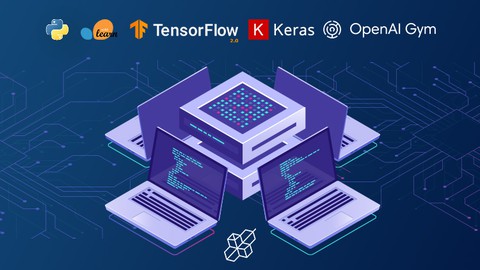
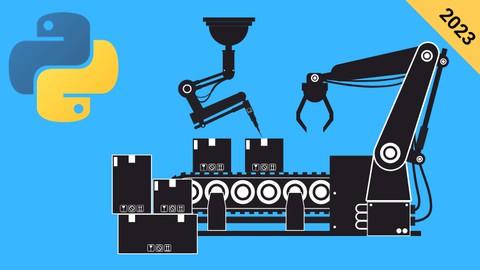


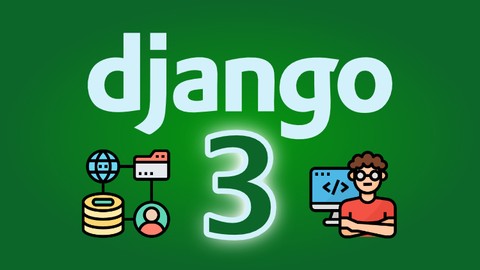
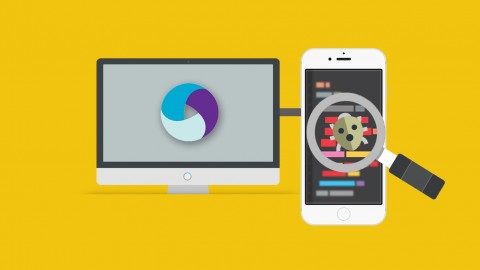



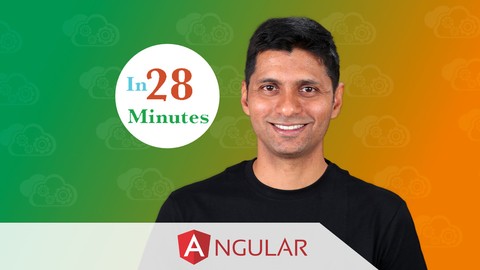
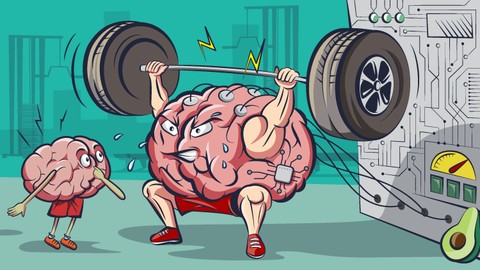

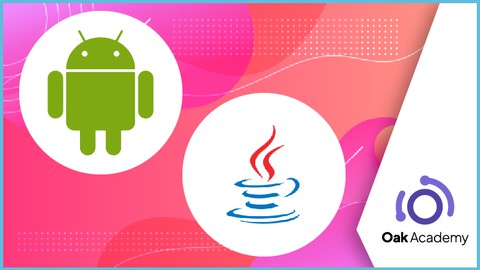



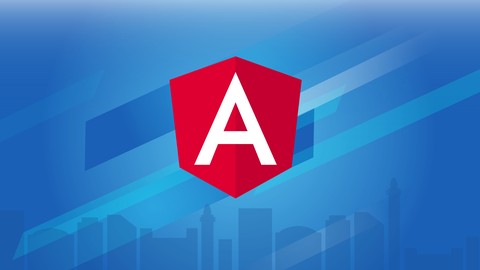
Đánh giá của học viên
Bình luận khách hàng